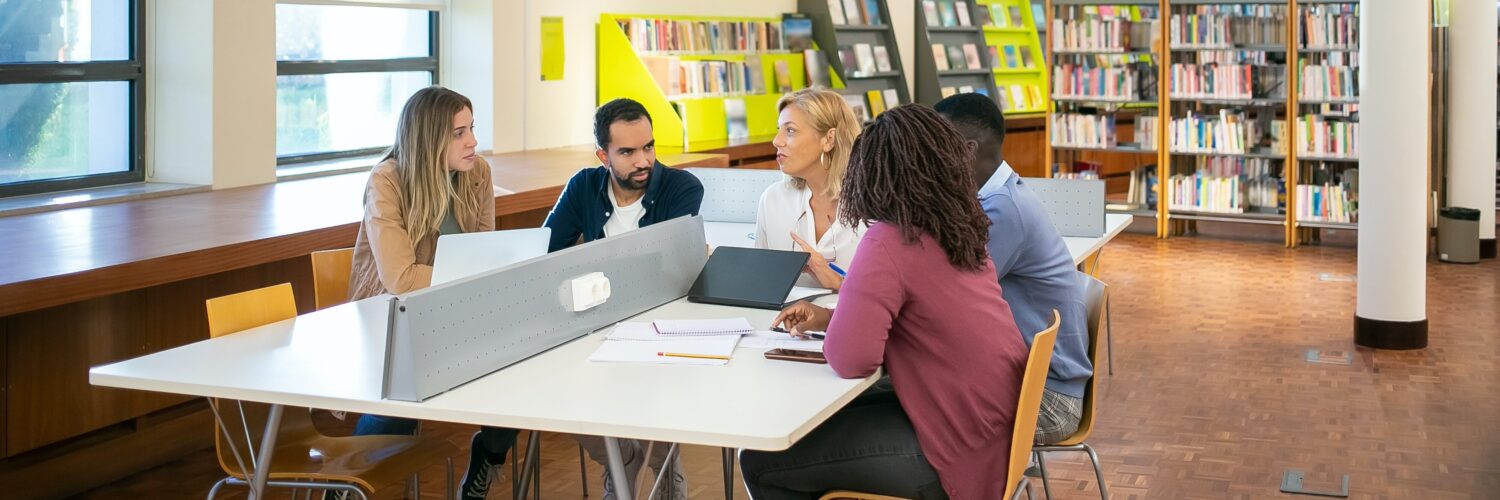Microsoft Paint, commonly known as MS Paint, is a versatile graphics editing software bundled with Windows operating systems. While it may seem simple at first glance, mastering its functionalities can significantly enhance your productivity. One efficient way to navigate through MS Paint swiftly is by utilizing keyboard shortcuts. In this guide, we’ll delve into an array of MS Paint shortcut keys that will streamline your workflow and make your editing experience seamless.
Understanding the Importance of MS Paint Shortcut Keys: Keyboard shortcuts are an indispensable aspect of maximizing efficiency within any software. In MS Paint, these shortcuts help users execute various commands swiftly, eliminating the need to navigate through menus. Mastering these shortcuts not only saves time but also enhances precision and control over the editing process.
Essential MS Paint Shortcut Keys for Windows Users:
MS Paint shortcut keys and their functions and how they enhance the editing process:
- Ctrl + N – Open a new MS Paint canvas: This shortcut allows users to swiftly create a new canvas for their artwork or graphics. By pressing Ctrl + N, a blank canvas opens, providing a fresh space to start a new project without navigating through the file menu.
- Ctrl + O – Open an existing file in MS Paint: With Ctrl + O, users can quickly access and open an existing image or file within MS Paint. This shortcut eliminates the need to manually navigate through the file explorer, streamlining the process of accessing and working on saved projects.
- Ctrl + S – Save the current file: Ctrl + S instantly saves the current artwork or project, ensuring that your progress is preserved without interrupting the creative flow. It’s a crucial shortcut to prevent losing work and to maintain a consistent saving habit while working in MS Paint.
- Ctrl + Z – Undo the last action performed: This shortcut acts as a digital “undo” button, reverting the last action taken. It’s invaluable for correcting mistakes or experimenting with different editing techniques without worrying about permanent changes.
- Ctrl + Y – Redo the undone action: After using Ctrl + Z to undo an action, Ctrl + Y allows users to redo the previously undone step. This function is particularly useful when reassessing changes or trying out various editing options.
- Ctrl + C – Copy the selected area: Ctrl + C copies the selected portion of an image, enabling users to duplicate content within the canvas or across different projects. This shortcut is fundamental for replicating elements swiftly.
- Ctrl + X – Cut the selected area: Similar to Ctrl + C, Ctrl + X removes the selected portion from the canvas but stores it on the clipboard. This function facilitates the movement of elements within the artwork or across different files.
- Ctrl + V – Paste the copied/cut content: Ctrl + V pastes the copied or cut content onto the canvas at the current cursor position. It’s an essential shortcut for inserting duplicated or moved elements back into the image.
- Ctrl + A – Select the entire canvas: This shortcut selects the entire image, allowing users to perform operations on the entire canvas in one go, such as resizing, applying effects, or copying the entire artwork.
- Ctrl + E – Open the properties window: Ctrl + E provides quick access to the properties window, where users can adjust various image attributes such as dimensions, resolution, and file properties.
- Ctrl + G – Toggle gridlines on/off: This shortcut allows users to toggle gridlines, aiding in precise alignment and measurement of elements within the canvas. Gridlines offer visual guides for accurate positioning and layout.
- Ctrl + L – Toggle the color picker: Ctrl + L activates the color picker tool, enabling users to select specific colors from the image or canvas. This feature is essential for matching colors or applying consistent color schemes.
- Ctrl + W – Open the resize and skew window: Ctrl + W opens the resize and skew window, providing options to adjust the size, dimensions, and proportions of the selected image or elements within the canvas.
- Ctrl + R – Show or hide the ruler: By using Ctrl + R, users can display or hide the ruler in MS Paint. The ruler assists in precise positioning and measurement of elements within the canvas.
- Ctrl + P – Print the current image: Ctrl + P initiates the printing process, allowing users to print the current image directly from MS Paint. It streamlines the printing task without navigating through multiple menus.
Advanced MS Paint Shortcut Keys for Enhanced Editing:
Below are the advanced MS Paint shortcut keys for enhanced editing:
- Ctrl + Shift + V: This command pastes the content while maintaining transparency within the selected area. It allows for precise placement of copied elements without a solid background, facilitating seamless integration into the existing artwork or image.
- Ctrl + Shift + A: When applied, this shortcut inverts the colors within the selected area. It’s a handy tool for creative experimentation or swiftly adjusting color contrasts within specific parts of the image.
- Ctrl + Shift + G: Activating this shortcut toggles the grayscale mode, instantly converting the selected area or the entire image to grayscale. It’s useful for creating black and white versions or assessing tonal values in the artwork.
- Ctrl + Shift + R: This command reverses the colors within the selected area, effectively swapping the existing color scheme. It’s an efficient way to experiment with color variations or create inverse effects within the image.
- Ctrl + Shift + B: When used, this shortcut swiftly opens the brush selection window. It provides quick access to various brush types and sizes, allowing users to choose the appropriate brush for painting or drawing purposes.
- Ctrl + Shift + P: This command displays the color palette, enabling users to select colors efficiently from a wide range of available options. It streamlines the color selection process, ensuring consistency in the chosen color scheme.
- Ctrl + Shift + E: By activating this shortcut, users can open the magnifier tool. This tool magnifies a specific area of the canvas, aiding in detailed editing or precision work within the image.
- Ctrl + Shift + F: When applied, this command flips the entire image horizontally, creating a mirror image effect. It’s beneficial for creating symmetrical compositions or assessing the image from a different perspective.
- Ctrl + Shift + H: Similar to the previous command, this shortcut flips the image vertically, offering an inverted view of the entire canvas. It’s useful for various editing purposes and exploring alternative visual arrangements.
- Ctrl + Shift + T: This command opens the text toolbar, providing quick access to text-related functions such as font selection, size adjustment, and text formatting. It streamlines the process of adding textual elements to the image or artwork.
These advanced shortcut keys in MS Paint offer users a diverse set of tools to enhance editing capabilities, streamline tasks, and facilitate creative experimentation, ultimately leading to more refined and polished artwork or graphics. Integrating these shortcuts into your editing workflow can significantly elevate the precision and efficiency of your editing process within MS Paint.
MS Paint Shortcut Keys Frequently Asked Questions (FAQs):
Q: What is the purpose of MS Paint shortcut keys?
Ans: MS Paint shortcut keys are keyboard combinations used to perform specific tasks or actions quickly within the software. They help users navigate the program more efficiently, saving time and reducing reliance on menu options.
Q: How can I view a list of MS Paint shortcut keys?
Ans: Our comprehensive guide provides a categorized list of essential and advanced shortcut keys for MS Paint, enabling users to access and utilize these shortcuts effectively.
Q: Are MS Paint shortcut keys customizable?
Ans: Unfortunately, MS Paint does not offer customization options for creating or modifying shortcut keys. Users have to work with the predefined shortcuts available.
Q: Can I use MS Paint shortcut keys in different versions of Windows?
Ans: Yes, the majority of MS Paint shortcut keys remain consistent across different versions of Windows. However, minor variations or additional shortcuts might exist in newer versions.
Q: What are some examples of advanced editing tasks that can be performed using MS Paint shortcut keys?
Ans: Advanced tasks include inverting colors, toggling grayscale mode, flipping images, and accessing brush selections or text toolbars swiftly.
Q: Are there shortcuts for basic functions like saving, copying, and undoing actions in MS Paint?
Ans: Yes, fundamental tasks such as saving (Ctrl + S), copying (Ctrl + C), and undoing actions (Ctrl + Z) have designated shortcut keys in MS Paint.
Q: How can I memorize and become proficient in using MS Paint shortcut keys?
Ans: Practice regularly by incorporating these shortcuts into your editing process. Gradually, muscle memory will develop, making it easier to remember and use them effectively.
Q: Do touchscreen devices support MS Paint shortcut keys?
Ans: MS Paint shortcuts can generally be used on touchscreen devices, but the experience may vary due to differences in interaction methods compared to traditional keyboards and mice.
Q: Is there a shortcut to access the color palette or resize an image in MS Paint?
Ans: Yes, Ctrl + Shift + P opens the color palette, while Ctrl + W opens the resize and skew window in MS Paint.
Q: How do MS Paint shortcut keys compare to those in more advanced graphic editing software?
Ans: MS Paint’s shortcuts cover basic to moderate functionalities. More advanced software often offers a wider range of shortcuts and features catering to complex editing needs.
COSRX Snail Mucin 96% Power Repairing Essence 3.38 fl.oz 100ml, Hydrating Serum for Face with Snail Secretion Filtrate for Dull Skin & Fine Lines, Korean Skincare
$13.85 (as of January 2, 2024 00:06 GMT +00:00 – More infoProduct prices and availability are accurate as of the date/time indicated and are subject to change. Any price and availability information displayed on [relevant Amazon Site(s), as applicable] at the time of purchase will apply to the purchase of this product.)
The Body Keeps the Score: Brain, Mind, and Body in the Healing of Trauma
$10.19 (as of January 2, 2024 00:06 GMT +00:00 – More infoProduct prices and availability are accurate as of the date/time indicated and are subject to change. Any price and availability information displayed on [relevant Amazon Site(s), as applicable] at the time of purchase will apply to the purchase of this product.)
Surge Protector Power Strip – 6 Ft Flat Plug Extension Cord with 8 Widely Outlets and 4 USB Ports(1 USB C), 3 Side Outlet Extender for Home Office, White, ETL Listed
$12.97 (as of January 2, 2024 00:06 GMT +00:00 – More infoProduct prices and availability are accurate as of the date/time indicated and are subject to change. Any price and availability information displayed on [relevant Amazon Site(s), as applicable] at the time of purchase will apply to the purchase of this product.)
Clean Skin Club Clean Towels XL, 100% USDA Biobased Dermatologist Approved Face Towel, Disposable Clinically Tested Face Towelette, Makeup Remover Dry Wipes, Ultra Soft, 50 Ct, 1 Pack
$17.95 (as of January 2, 2024 00:06 GMT +00:00 – More infoProduct prices and availability are accurate as of the date/time indicated and are subject to change. Any price and availability information displayed on [relevant Amazon Site(s), as applicable] at the time of purchase will apply to the purchase of this product.)
The Far Side® 2024 Off-the-Wall Day-to-Day Calendar
$13.49 (as of January 2, 2024 00:06 GMT +00:00 – More infoProduct prices and availability are accurate as of the date/time indicated and are subject to change. Any price and availability information displayed on [relevant Amazon Site(s), as applicable] at the time of purchase will apply to the purchase of this product.)






